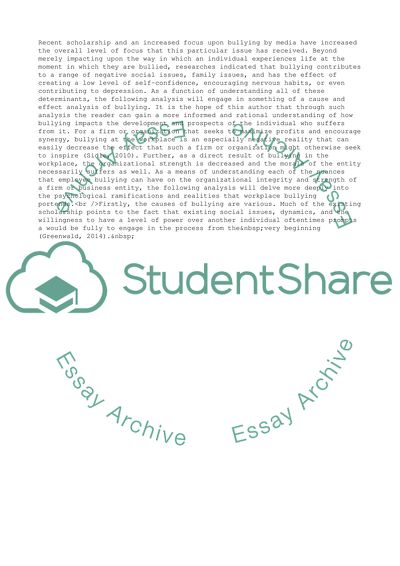Cite this document
(Bullying in the Workplace Assignment Example | Topics and Well Written Essays - 1500 words, n.d.)
Bullying in the Workplace Assignment Example | Topics and Well Written Essays - 1500 words. https://studentshare.org/business/1825378-hr
Bullying in the Workplace Assignment Example | Topics and Well Written Essays - 1500 words. https://studentshare.org/business/1825378-hr
(Bullying in the Workplace Assignment Example | Topics and Well Written Essays - 1500 Words)
Bullying in the Workplace Assignment Example | Topics and Well Written Essays - 1500 Words. https://studentshare.org/business/1825378-hr.
Bullying in the Workplace Assignment Example | Topics and Well Written Essays - 1500 Words. https://studentshare.org/business/1825378-hr.
“Bullying in the Workplace Assignment Example | Topics and Well Written Essays - 1500 Words”. https://studentshare.org/business/1825378-hr.


